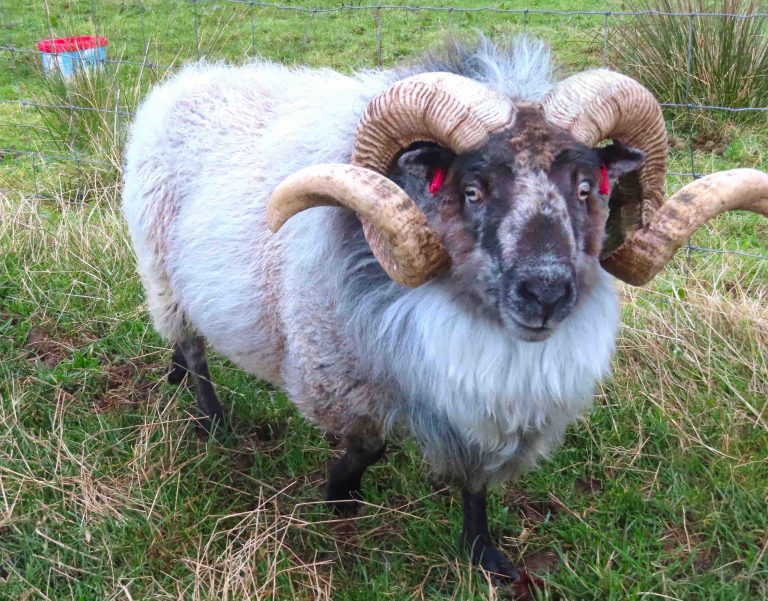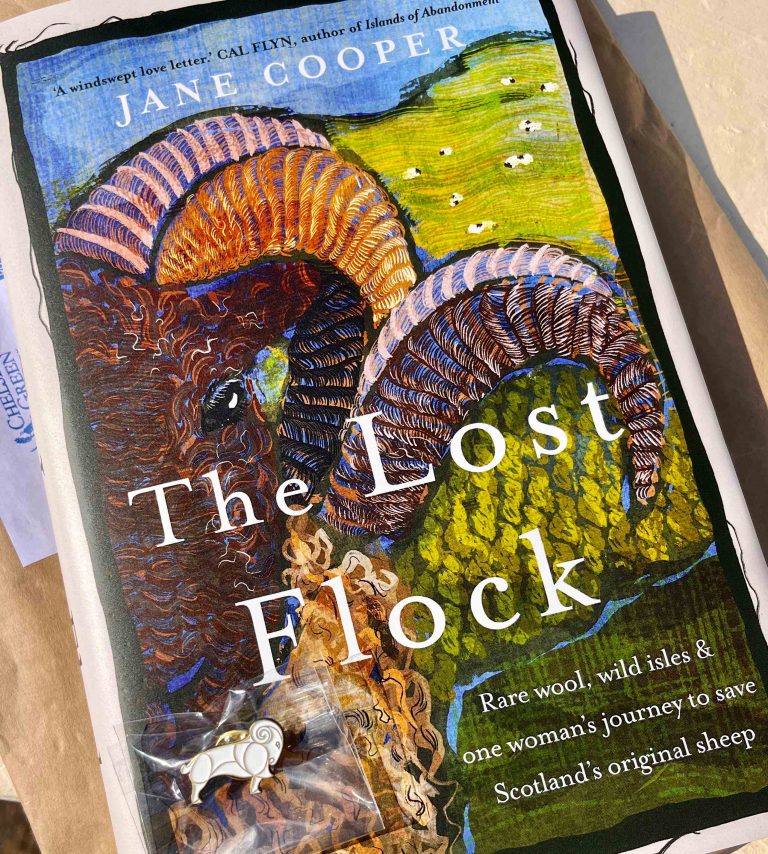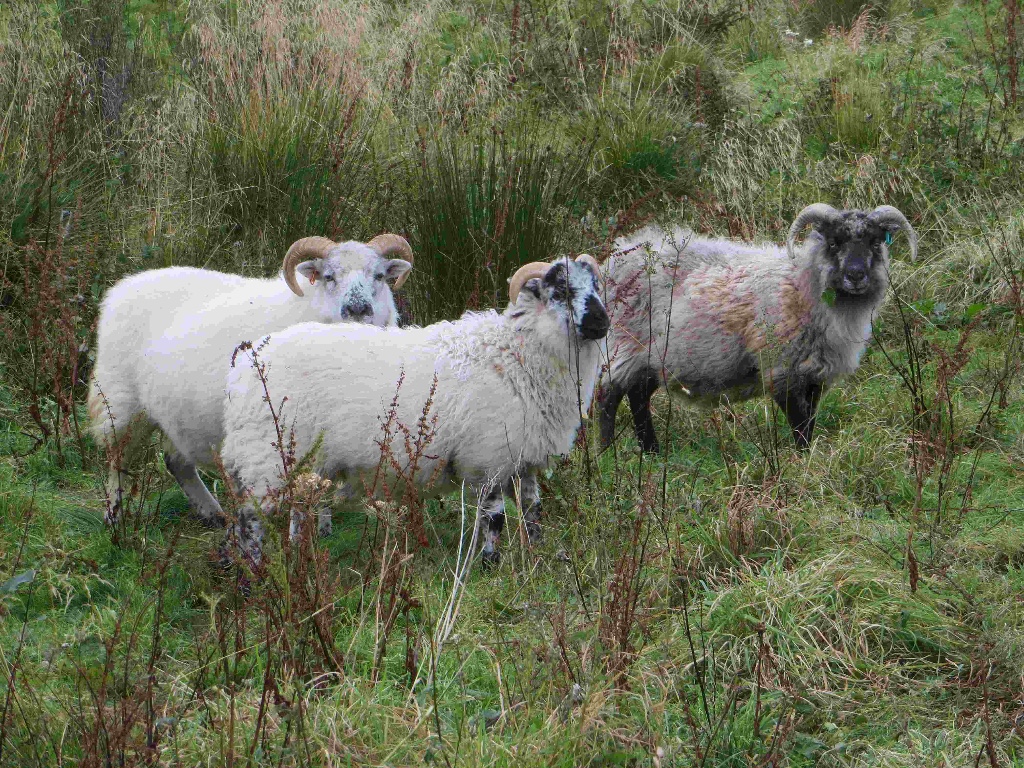Profile
Orkney Boreray Community becomes Scotland’s 2nd Slow Food Presidium August 2021.
RBST Sustainable Food Producer of the Year 2023 [Joint winners with Richard Brand & Son, Brand Family Larder]. Voted Champion Slow Food Product for 2022
Here is proof, if ever it was needed, that Orkney is indeed a very special place! Orkney Boreray is named the second Slow Food Presidium in the whole of Scotland – the other being the North Ronaldsay sheep, also on Orkney!
Both are primitive small-framed short-tailed heritage sheep but there the similarity ends as they have unique physical appearances and flavours. Unlike the North Ronaldsay, the ancestors of the Orkney Boreray could not access the beach so their flavours are influenced by rough pasture as opposed to the North Ronaldsay diet of seaweed.
Back in 1930 the last inhabitants of St Kilda, out in the North Atlantic, were evacuated, leaving a landrace flock of sheep on the neighbouring uninhabited isle of Boreray. Boreray is virtually inaccessible – the agile feral sheep grazed the elevated rough land bounded by high cliffs with little refuge from the wild elements. Forty years after the St Kilda evacuations, a small flock was taken to the mainland and the Orkney Boreray, reared by Jane Cooper on Orkney, are the pure-bred descendants of these original sheep.
Orkney Boreray Sheep are the last DNA link to the now extinct Scottish Dunface or Old Scottish Shortwool as it is also known, with a probable seasoning of Hebridean Blackface in the distant past. Known as the ‘Lost Flock,’ they were formally identified by RBST in 2017 and placed on a register separate to all other registered Boreray sheep, making them a unique DNA genebank.
Jane has established a breeding programme and founded the Orkney Boreray Community, currently with 7 established flocks all born and bred on Orkney, a genebank with a common agricultural ethos, setting Standards to ensure high welfare and protection of the flocks and their genetics. Uniquely, the Community has not only farmers but also a butcher, heritage food experts, chefs and weavers, and bone and leather craftsfolk. This unique story is the subject of Jane’s book, “The Lost Flock” newly published by Chelsea Green and available in local bookshops. Here’s a recording of Jane at the Orkney Science Festival and look out for chefs offering Orkney Boreray on their menus including Neil at Café St Honore .
in 2024, after some conversations, samples of Orkney Boreray were sent to Highland Charcuterie to create salamis using local herbs and spices. I can testify the resulting products were superb. A pilot this year, there will be more available next year. In the meantime they won The RBST Food & Farming Sustainability Awards 2024 Sustainable Product of the Year.
Orkney Boreray sheep generally have a cream fleece and grey or black & white face and legs and can have a darker area of wool on the rump. All have a small, slender frame and a double-coat of wool, giving thicker fibres for throws and textiles plus a fine inner wool ideal for making shawls and knitwear. Their meat is delicious and usually eaten as 2-3 year old mutton to allow the meat to mature, available in season exclusively from Jock Gibson of Macbeths Butcher & Game Dealer. Sales are being promoted via Scottish Food Guide, available through Macbeths when in season. and local contacts under the Orkney Boreray brand https://www.orkneyboreray.com
The Presidium will give a strong message of provenance, integrity, food heritage and quality, supporting these dedicated island producers and their very special heritage sheep.
Some photos Orkney Boreray ©JaneCooper: Orkney Borerays from the original flock, are reared at Burnside, Settisgarth, on Orkney where the sheep are pasture fed in nature. Remainder ©wb .
Orkney Boreray Sheep on Slow Food Foundation for Biodiversity







